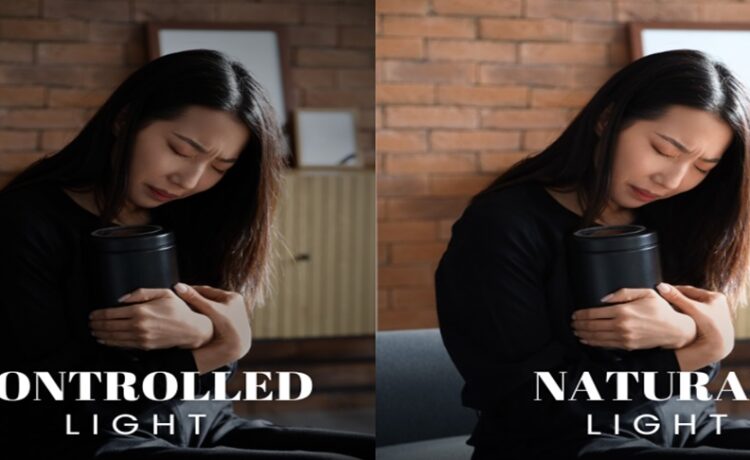Video filming is a sophisticated process that involves more than just pointing a camera and pressing the record button. Despite its prevalence, many myths and misconceptions persist about what video filming entails. Understanding these myths and the realities behind them is crucial for anyone serious about producing high-quality videos. This article aims to debunk some common misconceptions and shed light on the true nature of video production.
Myth 1: Expensive Equipment Guarantees High-Quality Videos
Reality: Skills and Creativity Matter More
A prevalent myth in the video filming industry is that owning the latest and most expensive equipment will automatically result in high-quality videos. While having good equipment can enhance production quality, it is not a substitute for skills and creativity. Filmmaking is an art that requires a keen eye for detail, an understanding of composition, and the ability to tell a compelling story.
Professional videographers understand how to make the most of their equipment, whether it’s high-end or more modest. They know how to manipulate lighting, angles, and settings to achieve the desired effect. In Singapore, many video production houses emphasise training and experience over mere possession of expensive gear. Ultimately, the expertise of the filmmaker plays a more significant role in the quality of the final product than the equipment used.
Myth 2: Filming in Natural Light is Always Better
Reality: Controlled Lighting Yields Consistent Results
Another common misconception is that natural light is always superior to artificial lighting. While natural light can produce beautiful results, it is often unpredictable and can change rapidly. Relying solely on natural light can lead to inconsistencies in your footage, which can be challenging to correct in post-production.
Controlled lighting allows filmmakers to create consistent and reliable conditions. Three-point lighting setups, which include key, fill, and backlight, are standard in professional video production and ensure that subjects are well-lit and free from harsh shadows. In a controlled environment, filmmakers can adjust the intensity and colour of the light to achieve the desired mood and look. Many video production houses in Singapore use a combination of natural and artificial lighting to maintain control over the final product.
Myth 3: Video Editing is Just Cutting and Splicing Footage
Reality: Editing is a Complex and Creative Process
Many believe that video editing merely involves cutting and splicing footage together. In reality, editing is a complex and creative process that can make or break a video. It involves assembling the shots in a coherent sequence, adjusting timing, enhancing audio, applying colour correction, and adding special effects.
Editors need a deep understanding of pacing, storytelling, and the technical aspects of the software they use. Professional video production houses often employ skilled editors who work closely with directors to ensure that the final product aligns with the vision of the project. Editing is where the magic happens, transforming raw footage into a polished and engaging video.
Myth 4: More Effects Make a Better Video
Reality: Simplicity and Relevance Are Key
There is a common belief that adding numerous special effects and transitions will automatically make a video more engaging. However, overusing effects can distract from the content and overwhelm the viewer. Effective use of effects enhances the narrative and supports the overall message rather than overshadowing it.
In professional video production, less is often more. Each effect should serve a specific purpose, whether it’s to highlight a particular moment, transition smoothly between scenes, or add a stylistic touch. Video production houses in Singapore emphasise the importance of relevance and coherence in the use of effects, ensuring that they enhance rather than detract from the video’s message.
Conclusion
Dispelling these myths about video filming is essential for understanding the true complexities of video production. High-quality videos result from a combination of technical skills, creativity, and professional equipment. Engaging a video production house in Singapore can provide access to these resources, ensuring video projects achieve the highest standards. By recognising and overcoming these common misconceptions, you can better appreciate the intricacies of video filming and produce content that stands out in a competitive market.
For professional video production services, contact Vivid Snaps Video Production.






